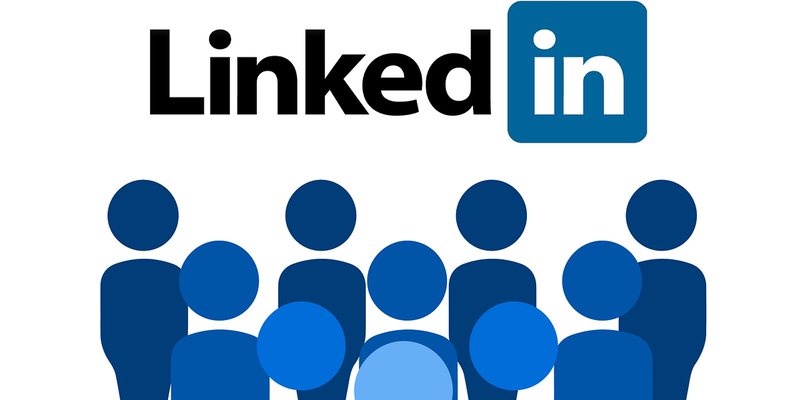Don’t let email come in the way of your productivity
You get into office, bright and fresh on a Monday morning, ready to take on the week with all you’ve got. Your to-do list is ready from the week before. The big presentation is this Thursday and you have four days to not only work towards a killer presentation but also get a lot more out of the way before D-Day.
And then, at 10 am, the deluge starts. Before you know, it is already Wednesday; you have spent most of your time in unproductive meetings and responding to many, many emails that were often just a line or four. And that presentation? You will probably just wing it.

Image : shutterstock
Does any of this sound familiar? In a decade of agency experience, I have spent many weeks like this. Over the years, you learn to pick your battles when it comes to emails and meetings. But it is all really just an effort in time management.
Numbers speak for themselves. According to a report by McKinsey Global Institute, new age employees spend close to 30 percent of a workweek on email. Email, clearly, is a necessary epidemic in the social economy.
So how do you ensure that your email does not become a monster? It’s really not that hard.
Batch processing
Stick to a routine. Check your emails no more than twice or thrice a day. If someone needs to reach you urgently, we all have mobile phones now. Make a note of the hours when your email is most active and address the unread ones in one go.
Read, address, move on
Don’t get into the habit of reading and addressing emails at different times. You are only doubling your effort this way. Suppose someone checks in with you about a deadline or a meeting schedule during your scheduled email time, address it immediately. If someone sends you a series of questions that need detailed feedback, add the email to your to-do list so that it does not disrupt your planned schedule.
Set deadlines (and stick to them)
On the basis of the number of emails that hit your inbox every day, set a maximum limit of unread emails allowed in your inbox for each day. For example, if I get 100 emails in a day, I will not leave office with any more than 10 unread emails in a day. Walking around with 300 unread emails in your inbox not only signals inefficiency, it is also intimidating. Remember, those unread numbers never decrease on their own.
One important sign of professionalism is how long you take to respond to emails. Responding within 24 hours not only ensures you come across proactive and responsible, it also incrementally decreases your unread emails and things to do while the subject matter of the emails is still fresh in your mind.
Have an unsubscribe mission
According to internal findings from Sanebox, 62 percent of the emails in the average inbox are not important. A quick look at my own Gmail account reveals at 12 promotional emails since Friday that I have no use for. I opened the account almost a decade ago and my subscription lists have gone from irrelevant to clearly just junk. I am going on an unsubscribe mission where for the next 45 days, I will unsubscribe from every list I no longer have use for. I suggest you do too.
Pick your battles
As a young client servicing professional, I struggled with this a lot. If a less-than-respectful email lands in your inbox, the need to address it and inform the writer just how wrong they are is very hard to ignore. The first nasty email is always the hardest to ignore. You respond to it with all the facts and necessary firmness and the next thing you know, you have gone into a cycle of he-said-she-said that lasts the entire day, if you are lucky.
How do you deal with them then? Ask yourself if the concerns raised in the email are time-sensitive. If they are, pick up the phone, address them, hang up, and document. If not, draft a response according to your normal schedule, take a walk, ask someone to proofread it for objectivity, read it again, and hit send. This gives you time to think through your response and not respond in the heat of the moment. Lack of objectivity in difficult or combative emails can get very hard to address once the moment has passed. But most importantly, do you really want to waste your time on avoidable unpleasant exchanges at work or would you rather get the job done and address your life instead? The battles to pick here are clear, aren’t they?
Today, emails have established their stronghold in office communication. There is no getting away from the deluge of words and attachments making their way into your life through the day (until instant messaging replaces it, that is. I, for one, hope that never happens!). But with the right amount of discipline and treating work email with almost the same emotional intelligence you reserve for other aspects of official communication will serve you well. After all, email is a tool, not a monster.











